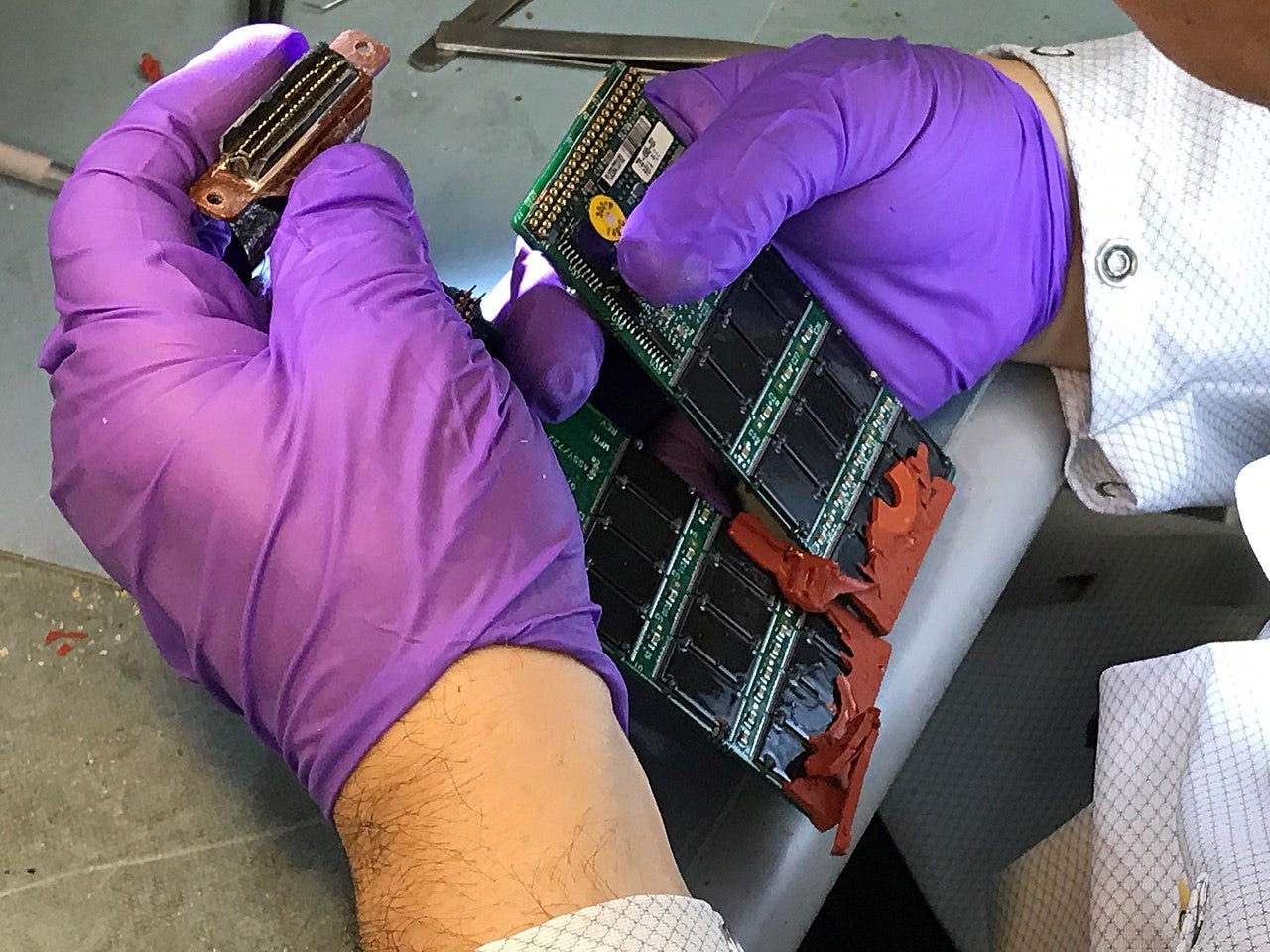Introduction
The Flight Data Recorder (FDR), commonly known as a "black box" is one of the most critical components in modern aviation. It serves as a resilient data storage unit designed to survive aircraft accidents, providing investigators with crucial information to determine the cause of an incident. Despite its name, the FDR is usually painted bright orange to facilitate easier recovery. This article explores the technical aspects, working principles, design considerations, and future advancements in flight data recorders.

History and Evolution
The concept of flight data recording dates back to the early 20th century, but it wasn’t until the 1950s that crash-resistant recorders were mandated. The introduction of the modern FDR began with magnetic tape storage and later transitioned to solid-state memory for enhanced reliability. Regulations by aviation authorities such as the FAA (Federal Aviation Administration) and ICAO (International Civil Aviation Organization) have continuously evolved to improve the capabilities of these devices.
Technical Aspects of Flight Data Recorders
1. Data Acquisition and Storage
The FDR continuously collects data from multiple sensors installed throughout the aircraft. Modern FDRs can record hundreds to thousands of parameters, including:
Altitude
Airspeed
Vertical acceleration
Engine performance
Flight control inputs
Cabin pressure
Heading and attitude
Fuel flow and consumption
Data acquisition is performed via the Aircraft Data Acquisition System (ADAS), which collects and processes signals before transmitting them to the FDR. The storage medium in modern recorders consists of solid-state memory (flash storage), offering durability and rapid data retrieval capabilities compared to older magnetic tape systems.

2. Construction and Survivability
The FDR is housed in an impact-resistant casing built from stainless steel or titanium. It is designed to withstand:
High-impact forces (3,400 g acceleration)
Extreme temperatures (up to 1,100°C for 30 minutes)
Deep-sea pressure (immersion up to 6,000 meters)
Chemical exposure (jet fuel, hydraulic fluids, and saltwater corrosion)
To achieve this resilience, the memory module is enclosed within a stainless-steel container with multiple layers of insulation and thermal protection.
3. Power Supply and Recording Duration
The FDR is powered by the aircraft’s electrical system but includes a backup power source to ensure data integrity in case of power failure. Regulations dictate that FDRs must record at least 25 hours of flight data, overwriting the oldest data in a continuous loop.
4. Underwater Locator Beacon (ULB)
Each FDR is equipped with an Underwater Locator Beacon (ULB), which activates upon immersion in water. It emits an acoustic signal (ping) at 37.5 kHz for up to 30 days, aiding search teams in locating the recorder. The beacon has a detection range of approximately 2 km under optimal conditions.
5. Location
FDRs are typically located in the tail section of the aircraft. This placement is strategic for several reasons:
Impact Survivability – The tail section generally experiences the least impact in a crash, increasing the chances of data retrieval.
Protection from Fire and Debris – Being at the rear, the FDR is less exposed to intense fires or explosions that might occur near the fuel tanks or engines.
Ease of Recovery – In case of a crash, the tail section may remain more intact, making it easier to locate and recover the FDR.
Flight Data Recorder vs. Cockpit Voice Recorder
While the FDR records aircraft parameters, it is often paired with the Cockpit Voice Recorder (CVR), which captures audio conversations between pilots, air traffic control (ATC) communications, and cockpit alarms. These two recorders complement each other, providing a comprehensive reconstruction of flight conditions before an accident.

Data Retrieval and Analysis
Once recovered, the FDR data is analyzed using specialized software. The process includes:
Data Extraction – Using specialized decoding tools, engineers extract the raw binary data from the FDR.
Data Synchronization – Aligning recorded parameters with real-time events to reconstruct the flight.
Graphical and Statistical Analysis – Using simulation software to recreate the aircraft’s flight path and behavior.
Crash Investigation – Experts compare FDR data with air traffic control records, meteorological conditions, and maintenance logs to determine probable causes of the accident.
Regulatory Standards and Compliance
International aviation organizations set strict regulations for FDR design, installation, and maintenance:
FAA and EASA (European Union Aviation Safety Agency) require FDRs on all commercial aircraft with a seating capacity exceeding 10 passengers.
ICAO mandates a minimum of 25 hours of flight data storage.
New regulations recommend the use of deployable FDRs that separate from the aircraft during impact, increasing the likelihood of recovery.
Future Advancements in Flight Data Recording
The future of FDR technology focuses on real-time data transmission and improved survivability features. Some key developments include:
Cloud-Based Flight Data Streaming: Instead of relying solely on onboard storage, future systems aim to transmit real-time flight data to ground stations, reducing dependency on physical recovery.
Deployable Recorders: These are ejected from the aircraft during an emergency, equipped with flotation devices and satellite tracking for easier retrieval.
Artificial Intelligence in Data Analysis: AI-powered software can analyze flight anomalies in real time, improving predictive maintenance and accident prevention.
Miniaturization and Enhanced Storage: Future FDRs will have even greater data storage capacity, enabling the recording of high-resolution flight parameters and additional sensor data.
Hybrid Data Recording Technologies: Some researchers propose combining satellite-based telemetry with traditional FDRs for redundancy in data storage.
Conclusion
Flight Data Recorders are indispensable for aviation safety, enabling investigators to reconstruct flight events and prevent future accidents. Over the decades, advancements in solid-state memory, data encryption, and real-time streaming have improved their reliability and functionality. As aviation technology evolves, so too will flight data recording systems, ensuring a future where air travel remains one of the safest modes of transportation.
By understanding the technical intricacies of FDRs, we appreciate their role in maintaining aviation safety and shaping the future of flight investigation.


